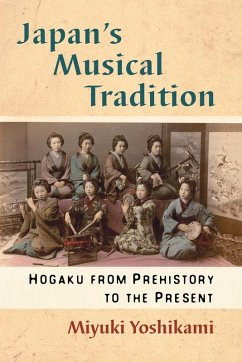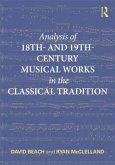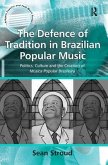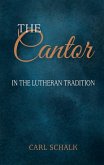""What makes Japanese music sound Japanese? Each genre of Japan's pre-Western music (hogaku) morphed from the preceding one with singing at its foundation. In ancient Shinto prayers, words of power recited in a prescribed cadence communicated veneration and community needs to the divine spirit (kami). From the prayers, Japan's word-based music gained support with simple percussion and stringed instruments. More sophisticated recitations evolved with biwa, shamisen, and koto accompaniment. This study reveals shortcomings in the usual interpretation of Japanese music from a pitch-based Western perspective and carefully explores how the quintessential musical elements of singing, instrumental accompaniment, scale, and format were transmitted from their Shinto inception through all of Japan's music. Japan's culture, including the iemoto system and teaching methods, served to exactly replicate Japan's music for centuries. Considering Japan's music in the context of its own culture, logic, and sources is essential to gaining a clear understanding of Japan's music and dissipating the mystery of the music's "Japaneseness." Greater appreciation for the music inevitably follows."-Provided by publisher"--
Bitte wählen Sie Ihr Anliegen aus.
Rechnungen
Retourenschein anfordern
Bestellstatus
Storno








